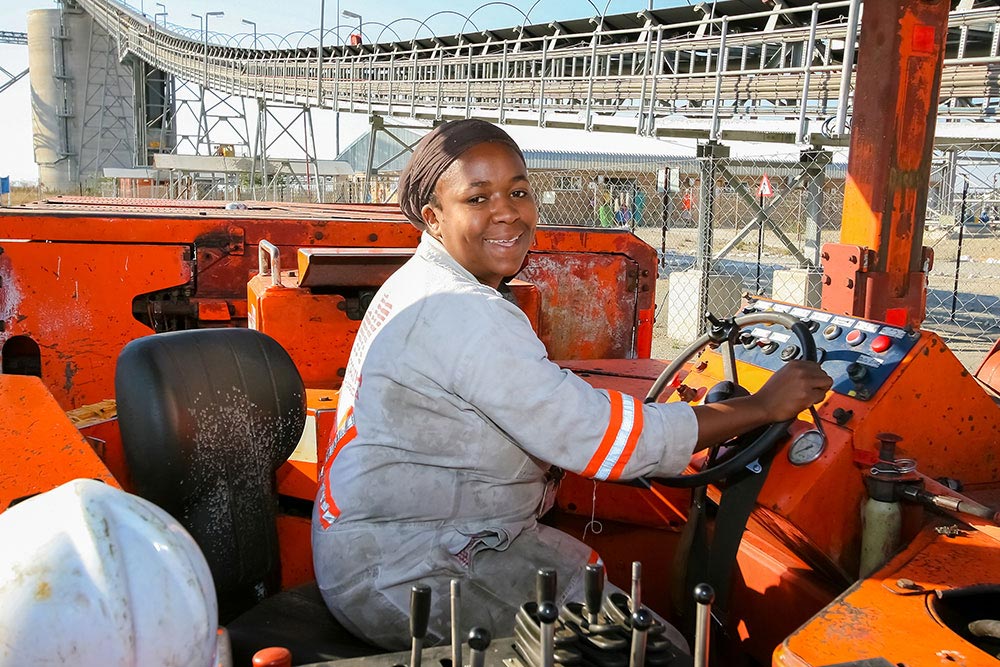
When we think of the construction industry, women aren’t usually the first thing that comes to mind. Let’s be honest – it may not even be the second or third thing we think about.
But women most certainly have a place in the ‘masculine’ world of construction and have done so for many years. Centuries, in fact.
Admittedly, the representation is low, but a growing number of women are entering the construction industry, which is something to champion. Education is vital.
In this blog, we look at women in construction and some of the reasons why negative stereotypes can prevent young girls and women from entering. You’ll also see how we can all help to increase the number of women in the industry by changing how we think about equality and inclusion.
Gender Inequality in Construction
A recent study commissioned by the UK government, Women and the UK Economy, found that women comprise just 16% of the UK construction workforce. So why is this industry not attracting more women?
Like other male-dominated sectors, gender discrimination is still very apparent in the construction industry. A recently released report by construction recruiter Randstad found that 72% of women in construction have experienced some form of gender discrimination. This includes:
- inappropriate comments and behaviour from male colleagues
- being offered less important roles
- being passed over for promotion
- being made redundant
- being excluded from male conversations
- not being invited to certain social events
Women in the science, technology and engineering sectors suffer the same discrimination.
With these examples, it’s unsurprising that women may not think the construction industry is for them.
Education is Vital
Traditional perceptions of the roles men and women should take in the workplace are still commonplace. It may surprise you that a 2021 study by electronics giant Samsung found that nearly half of UK workers still believe specific job roles are either exclusively male or female.
Although girls are told they can be and do anything, from becoming a scientist to playing football for England, some would frown upon and even laugh at a girl who says she wants to become a quantity surveyor or construction worker when she grows up.
Parents, educators and significant adults in a young girl’s environment can help by encouraging them to explore construction roles and embrace related subjects. STEM learning – science, technology, engineering and mathematics, is typically seen as learning for boys.
We do a disservice to young girls by pushing this narrative. These subjects will give them a foot in the door if they decide to embark on a career in construction.
Representation Matters
Representation is key. Girls need to see themselves in all construction roles. The labourer, the surveyor, the construction manager or the engineer. Seeing yourself in a role makes it more appealing, and representation makes it seem possible for a young mind.
In fact, women have worked in the construction industry for centuries. Go Construct’s fabulous Female Firsts in Construction lists some of the outstanding achievements made by women, from Lady Anne Clifford, who in the 17th century played an active role in the building improvements made to her Westmoreland estates, to famed architects like the late Pritzker Architecture Prize winner – Zaha Hadid.
These formidable women, and others, have paved the way for young girls and women. They show there is indeed room at the table, but there’s still a bit of an uphill struggle to take a seat.
Existing Stereotypes
The existing stereotypes about construction being a male-dominated sector and women being seen as physically weaker than men don’t exactly make a career in construction very appealing for women.
Yes, there may well be certain obstacles that women will come up against. On-site manual handling roles, for example, may seem out of the question. But some women flourish in these roles. The use of mechanical aids, which must be used by everyone who carries out manual handling tasks on a building site, literally lighten the load. They also help to prevent musculoskeletal injuries.
This means that with correct training, appropriate mechanical equipment and colleagues that can assist, women can successfully complete manual handling tasks, like their male counterparts.

But the barriers run deep. For example, personal protective equipment (PPE) is crucial on-site. But is PPE designed with women in mind? No. PPE is designed to fit a male body, increasing the risk of working on-site for a woman.
Physicality can’t be denied, though. Women may be more likely to suffer from specific injuries like sprains, strains and potential nerve damage in wrists and forearms. A risk assessment, safe systems of work and PPE (that fits properly) can reduce the likelihood of injury, enabling women to work safely.
Having more women on-site and off-site – designing, managing and coordinating – goes a long way in dismantling stereotypes.
Why does The Construction Industry Need Women?
Diverse workplaces thrive. More equal representation of women in construction will have positive effects across the entire sector, including:
- Increased and enhanced collaboration
- Different perspectives
- A wider talent pool
- Improved staff retention, representation and reputation
- Increased creativity and productivity
- Greater profitability
These are just some reasons women are needed in the construction industry. It’s easy to see why employing and retaining women in this male-dominated industry is a win-win.
Start to Make a Difference for Women in Construction
The Key to changing women’s perception in the construction industry is looking at the preconceived ideas we may already hold. We can all do with a better understanding of equality and diversity. With a better understanding, we can work to end old fashion ideology and break stereotypes. Our Equality and Diversity Training course is a great starting point.



























































































































































































































































































































































































































































































































































































































































































































































